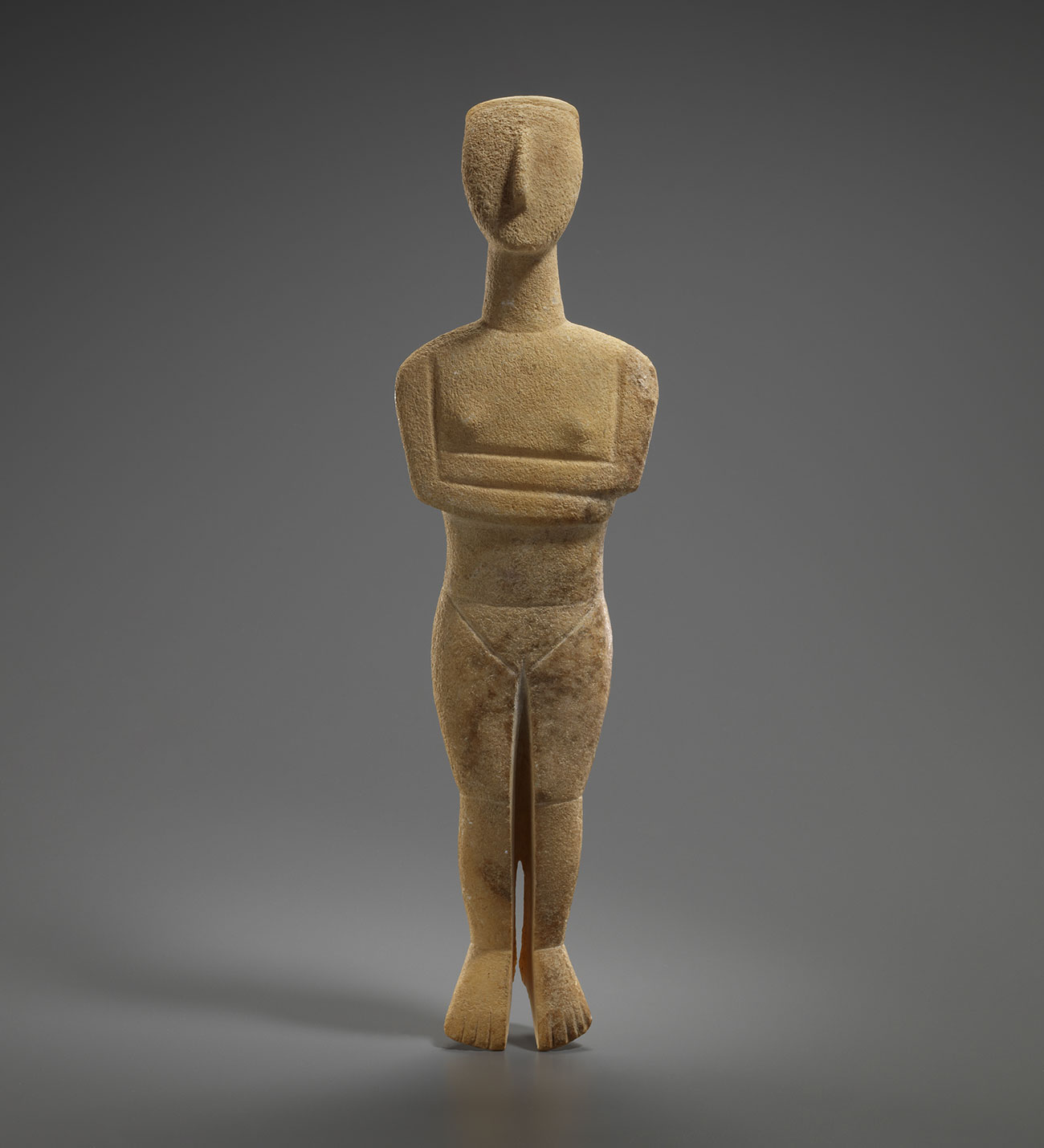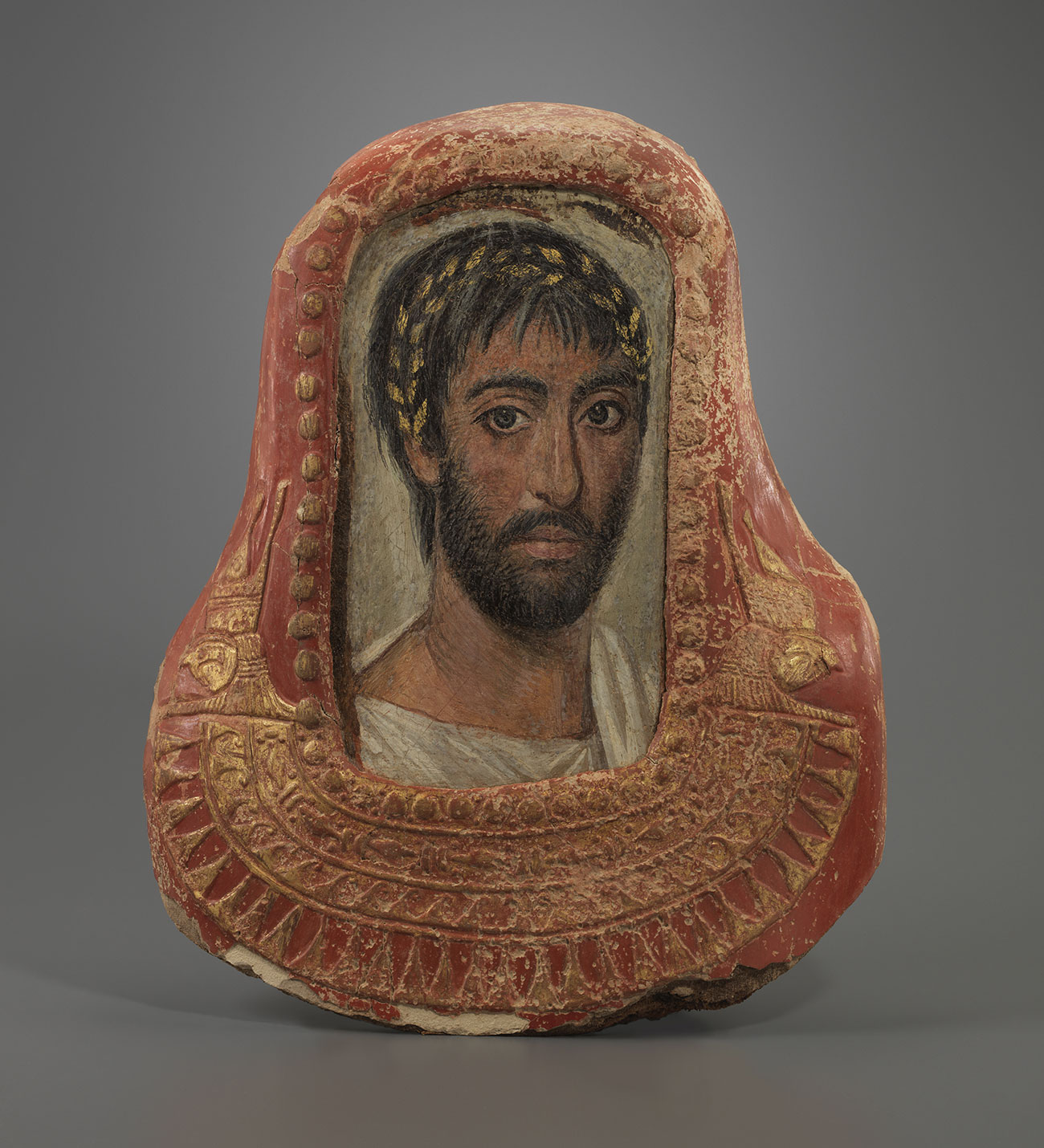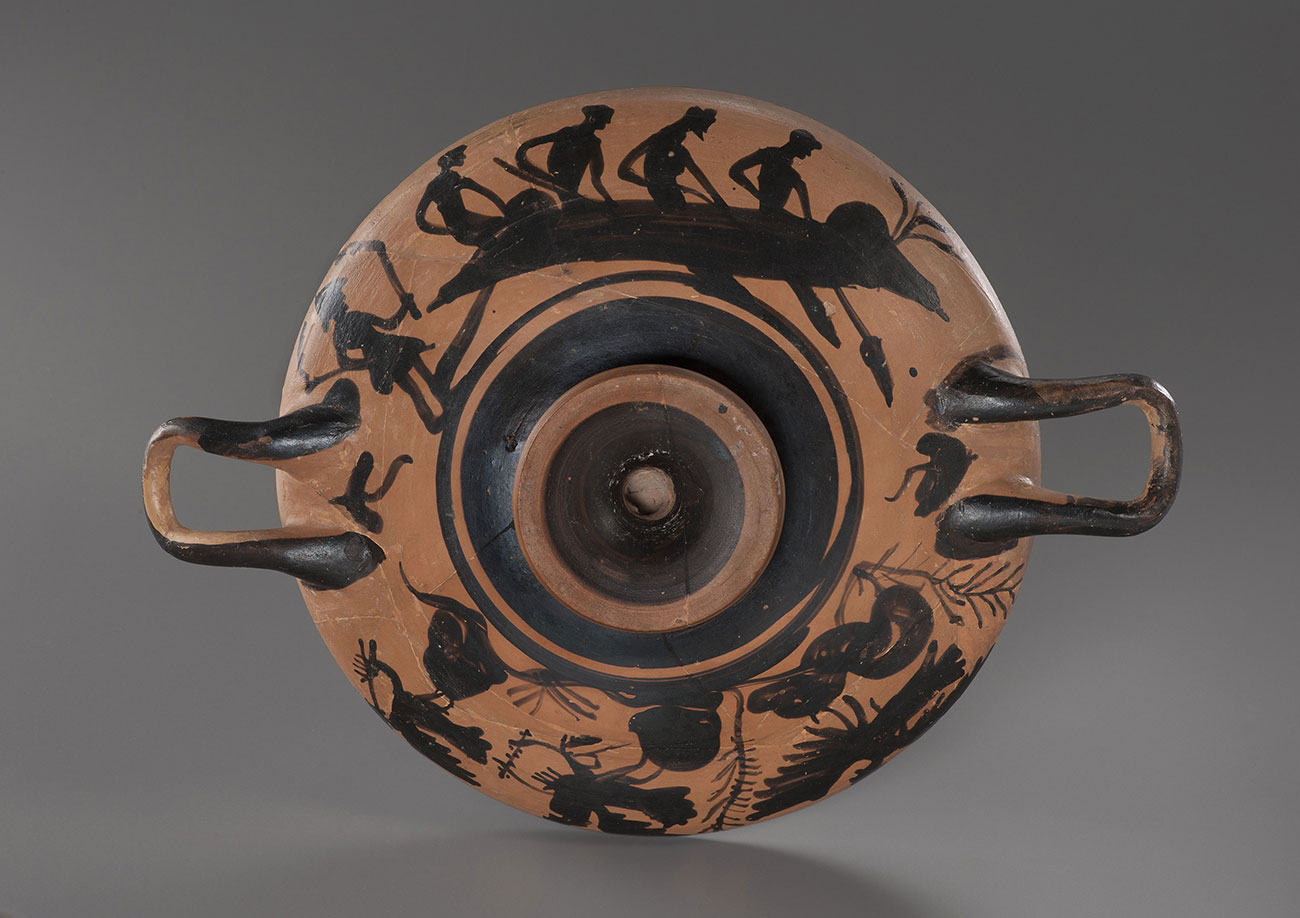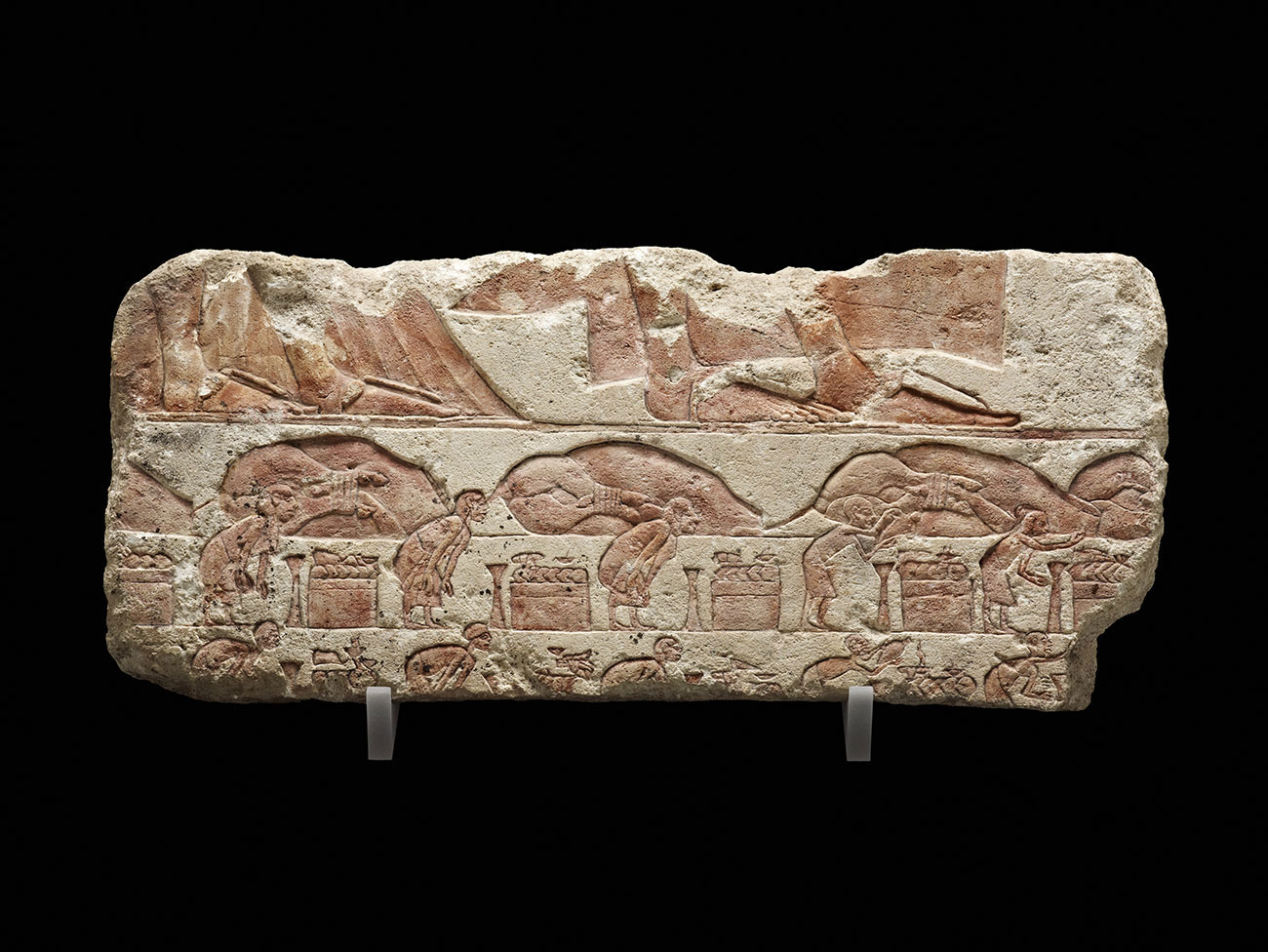Divine migrations
|
From Wednesday 24 June 2015 to Monday 16 November 2015
The Musée des Civilisations de l’Europe et de la Méditerranée (Mucem) is taking a fresh look at the great polytheistic religions of antiquity, through a collection of exceptional works and archaeological objects on loan from the Fondation Gandur pour l’Art and the Musées d’Art et d’Histoire in Geneva, as well as the Musées de Marseille and the Musée Départemental Arles Antique.
This new exhibition focuses on three basins of civilisation in the Mediterranean – Egypt, Greece and Rome – within which humans have differently imagined their gods and developed pantheons with characteristics unique to each culture. The exhibition presents ritual objects and images of worship that enabled ancient peoples to represent the world of the divine and to participate in the quest for immortality.
Far from being isolated and static religious expressions, the cults of these pantheons intersected in the heart of the Mediterranean. Advanced by trade and even military conquests, the material and intellectual exchanges between ancient civilisations have shaped the recurring theological forms.
Divine Migrations presents more than 200 ancient works (dating from the 3rd-2nd millennium BC to the 3rd century AD), testifying to the adoption of deities from elsewhere or the formation of new composite divine forms. It examines the dialogue between the Egyptian, Greek and Roman pantheons, in their practices, beliefs and representations of the divine.
Temporary exhibition, organised jointly by the Mucem and the Fondation Gandur pour l’Art, with the exceptional participation of the Musées d’Art et d’Histoire of the City of Geneva
General Commissioner: Myriame Morel-Deledalle, Chief Curator of Cultural Heritage, Director of the Department of History (Mucem)
Associate Commissioners: Jean-Luc Chappaz, Chief Curator, Director of Archaeology for the Musées d’Art et d’Histoire of the City of Geneva, and Dr Robert Steven Bianchi, Chief Curator, Curator of Archaeology for the Fondation Gandur pour l’Art, Geneva.
Scenography: Sylvain Roca
This exhibition is made possible through the generous support of the Stavros Niarchos Foundation
Exhibition itinerary
Introduction
In the Mediterranean, the circulation of people through maritime activities and trade, as well as military conflicts and conquests, greatly promoted intercultural exchange. In religious matters, the polytheistic religions generally proved welcoming to the gods of foreign civilisations, to the extent of assimilating new cults and witnessing the emergence new divine forms.
Panthéons
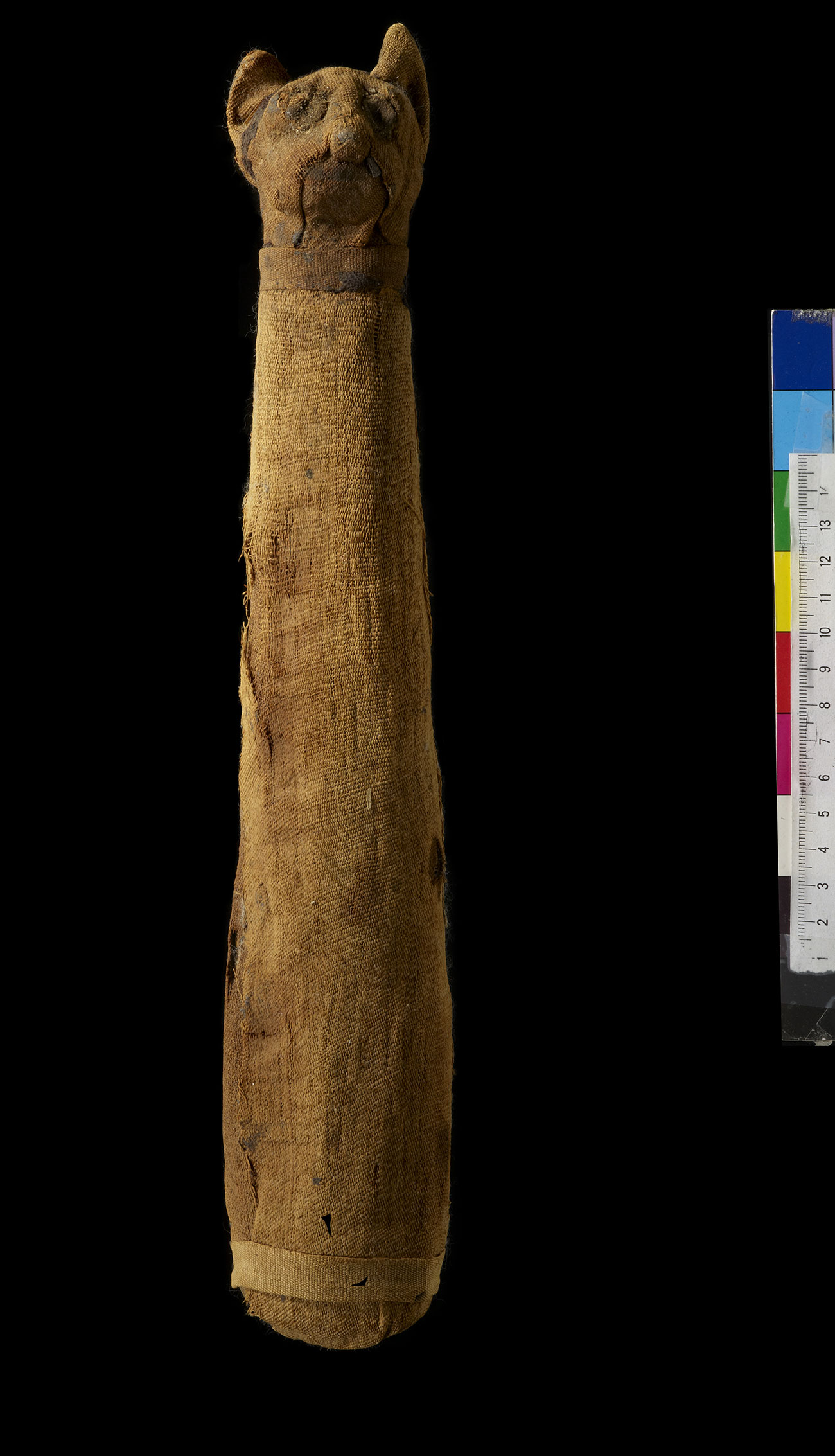
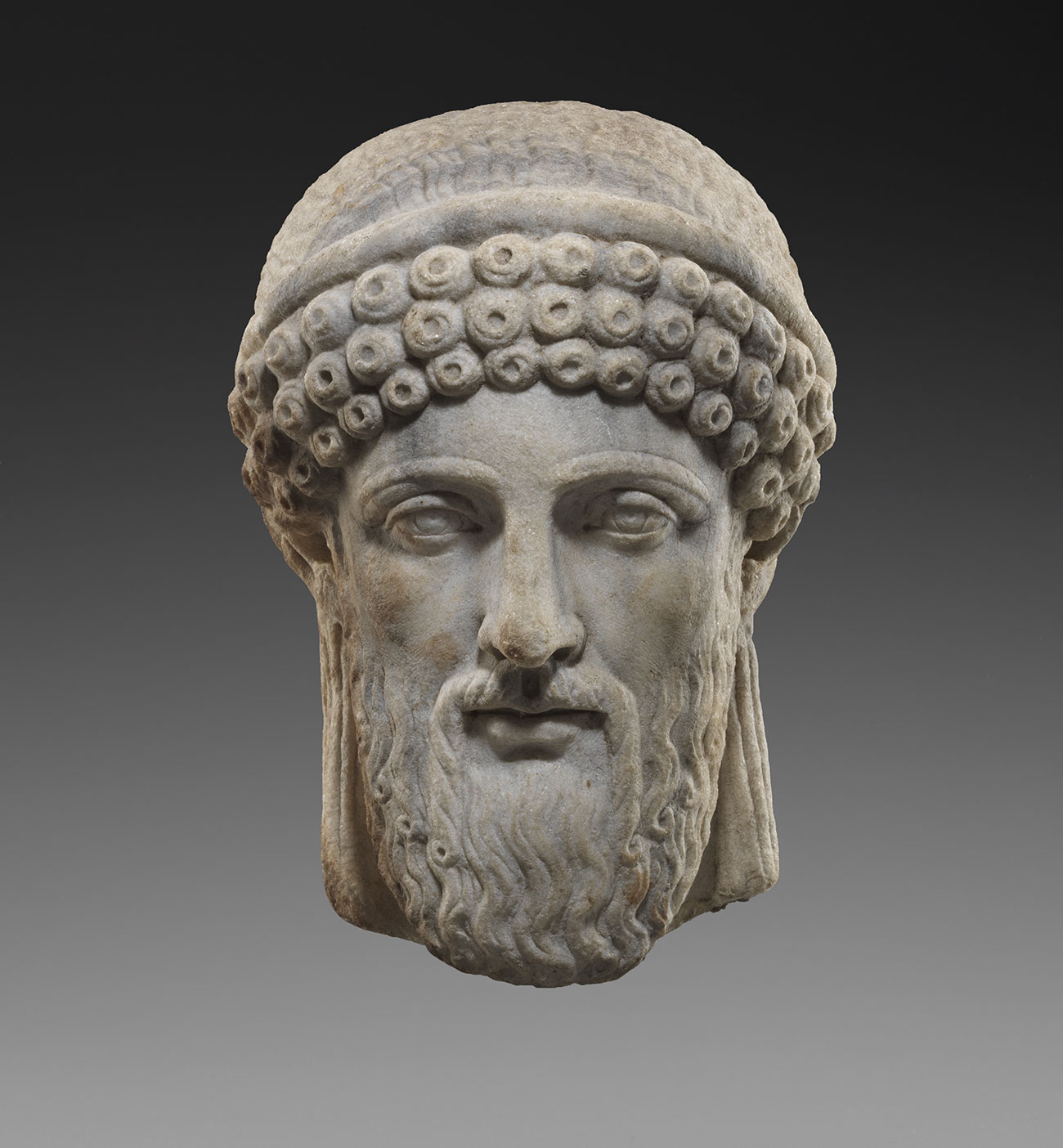
The concept of a pantheon, or an ensemble of gods that a religion celebrates through worship, implies different realities from one civilisation to another. The Egyptian pantheon was not organised according to a hierarchy, but on the basis of a few principles the first of which presumed that the king was the only human intermediary who could address the deities.
The Greek world needed to organise genealogies and families. The gods were, in fact, almost a reflection of humankind; represented with mostly human traits, but armed with special attributes identifying their powers. They were organised into a family: beginning with Zeus, the god of gods, whose Roman equivalent is Jupiter, an entire genealogy was outlined which pronounced the organisation of the world.
Divine representations
A deity is a superhuman power. In Egypt, representations were reflected in metaphors stemming from nature: the aggressiveness of the lioness, the sharp vision of the falcon, or the paralysing venom of the cobra. Alternately, these images evoked divine force, superiority or solicitude. This game of images led to expressions of the divine through composite creatures. In Greece or Rome, hybrid representations were limited to the natural world. In contrast, the deities of the “civilised” world borrowed from the human form; they were identified by an attribute taken from mythological evocations (Jupiter’s thunderbolt, Poseidon’s trident, etc.).
The section, entitled Pantheons presents portraits of gods and goddesses from the Egyptian, Greek and Roman religions. Their forms and appearances can be surprising. The x-ray of this cat mummy- 39 cm in length– reveals its true contents: a minuscule skeleton of a kitten and stuffing. Thus the concern was clearly not to preserve the body of the cat. Rather it expresses a desire to feature the image of what it represents: here the cat-goddess, Bastet.
Heroes
In Greek mythology, heroes are born from the union of a god and a mortal, and obtain immortality through divine intervention. Other heroes are those who have performed grandiose acts for the good of their people like Heracles, Achilles, and Dionysus. Also considered to be heroes, the founders of cities (oikistes) like Battus of Cyrene (Libya), warriors such as Leonidas of Sparta who died at the Battle of Thermopylae, or beloved characters of the emperors like Hadrian’s Antinous.
Among the Greek gods, Dionysus is represented most frequently in the exhibition, with 15 works, such as this Archaic marble head.
Humankind in quest of eternity
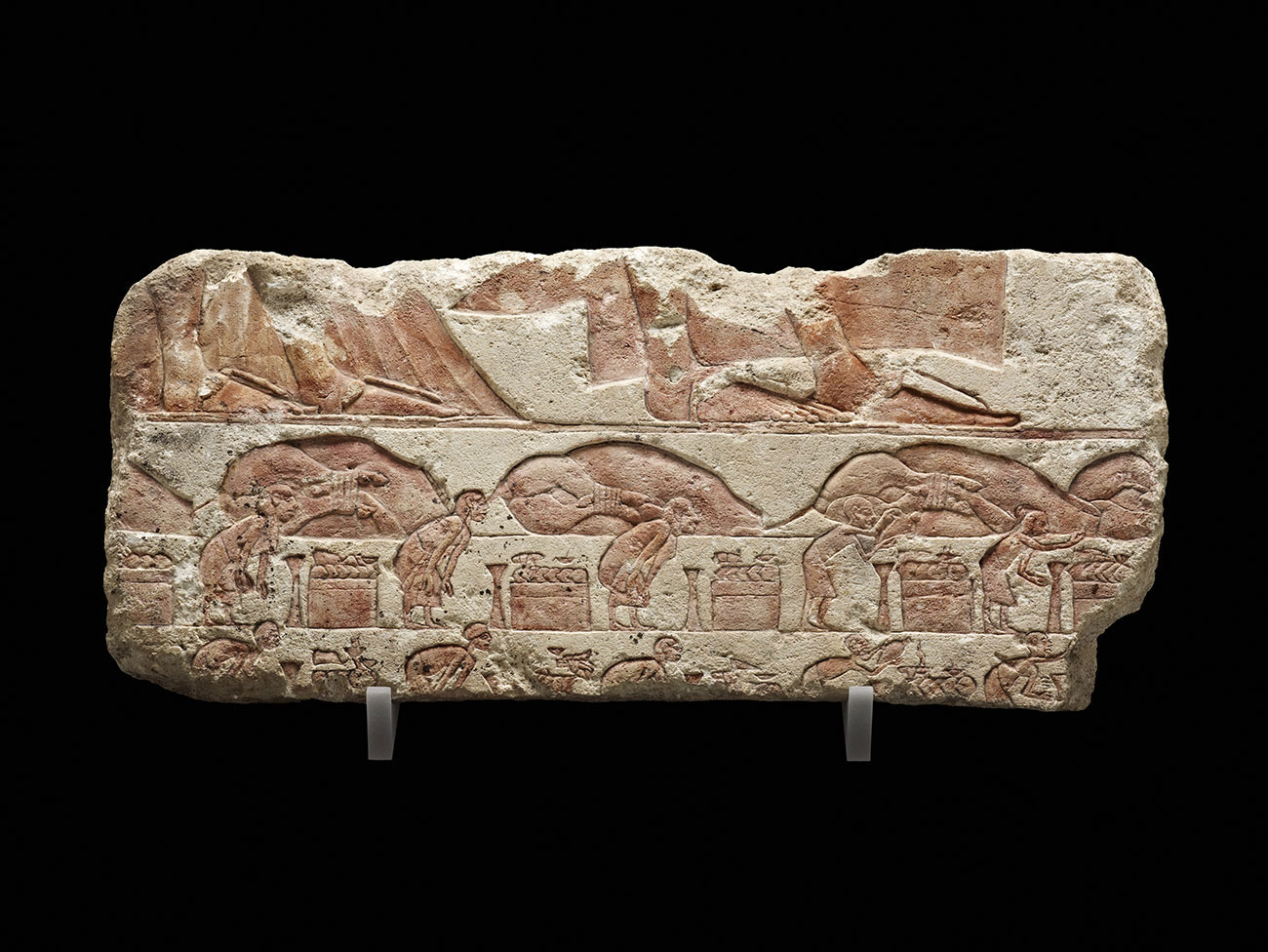
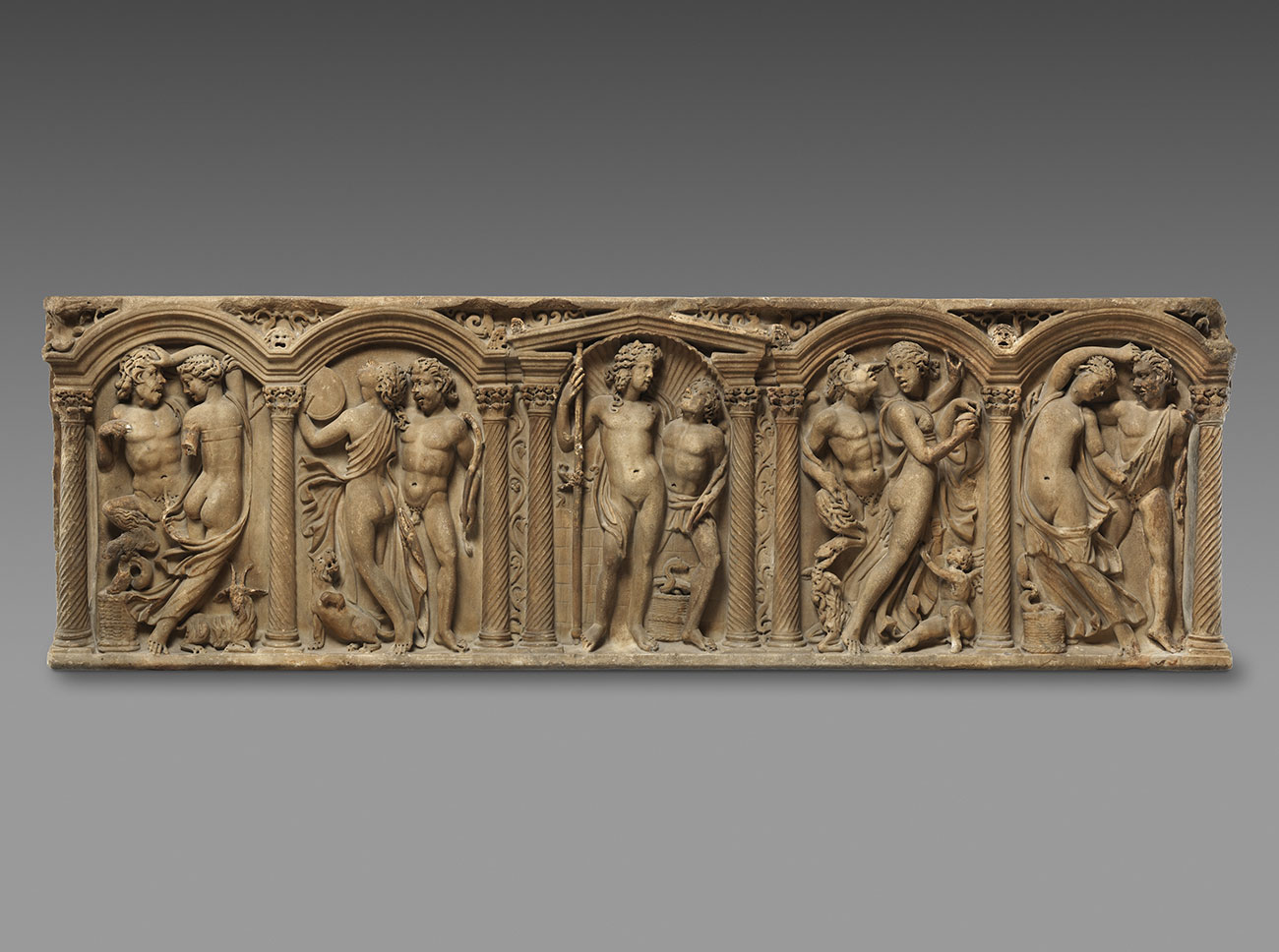
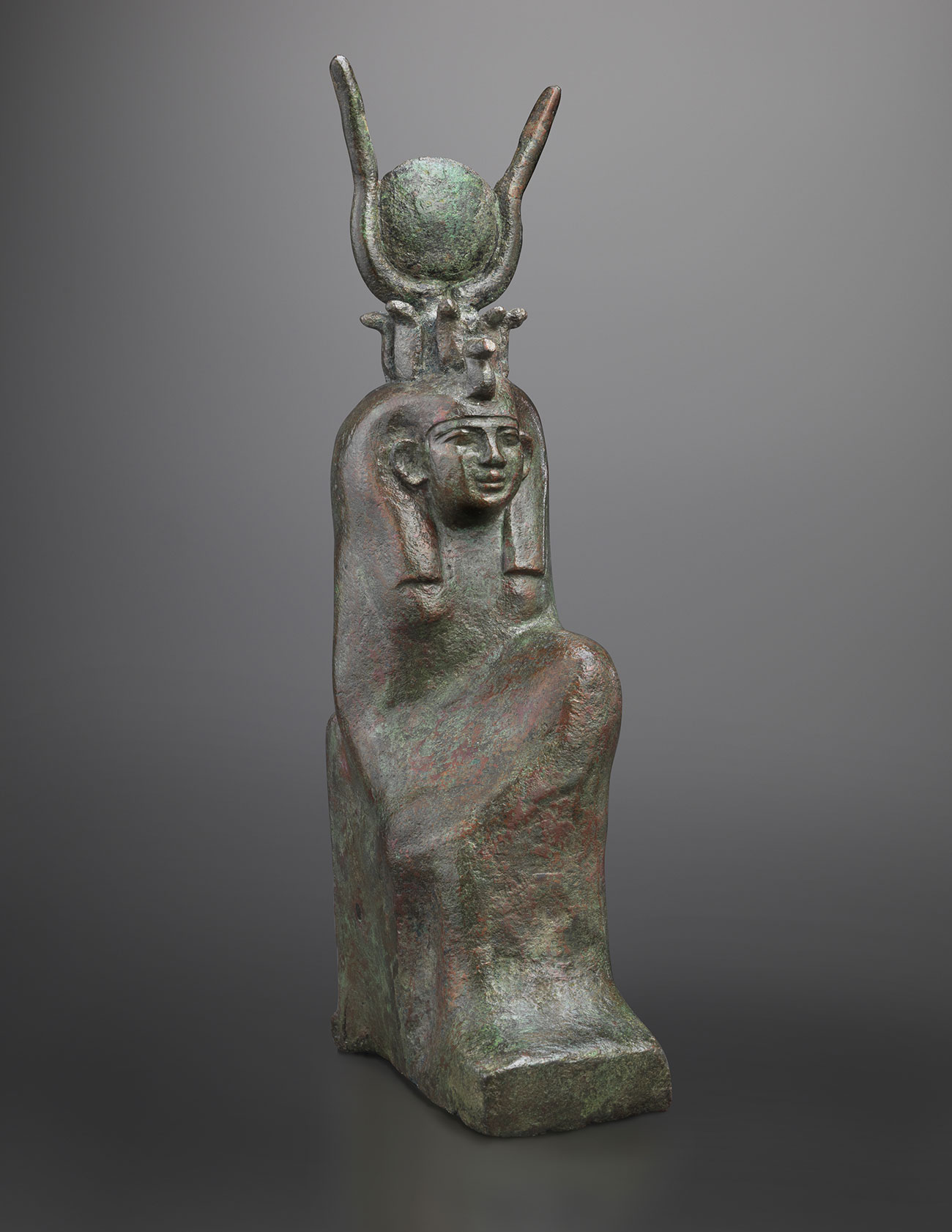
What is the duration of a human life compared to that of civilisations? And in antiquity, a period where the life expectancy was much shorter than today? More or less modestly, many people hoped to leave a trace of their existence for posterity: sculptures, paintings or names displayed on monuments appealed to the memories of future generations. Idealised images of bodies and faces captured in their youth with individualised features – though not necessarily accurate – were succeeded in the Roman period by more realistic portraits frequently conveying a political image. But then art most frequently expresses the perspectives the elite hold of their own society.
Deification
Every deceased pharaoh was assimilated to Osiris and his successor to Horus, their courtesans remaining their servants. Over time, we see a democratisation of beliefs that enabled anyone to claim the status of Osiris and to benefit from a funerary cult. A few sages were the subjects of posthumous veneration. In Greece or in Rome, the exploits of Alexander or Caesar led their biographers to deify them, and their successors to lay claim to that divine genealogy. They took their place alongside the mythological and legendary heroes.
An exceptional relief from Tell el-Amarna, dating from the 14th century BC, depicts, under the illustrious feet of Akhenaton and Nefertiti, a series of offerings of food and drinks.
Funerary rites and practices
Mummification aimed to maintain a physical body to house the vital energies that temporarily leave the body at death. The use of the senses was thought to return during the funeral and the evocation of the name, like the offerings, ensured the eternal survival of the deceased Egyptian. In Greece or Rome, the deceased reached the Underworld by boat, hence the tradition of placing a coin in the mouth to pay the ferryman. Depending on the period, bodies were buried or burned, the ashes carefully collected and deposited in an urn.
By choosing a Dionysian scene to decorate this sarcophagus, a Roman brought with him a hope of rebirth.
Rebirth and resurrection
Osiris, brutally murdered but brought back to life by the love and the magic of Isis, distilled the hopes of Egyptians. It was enough to have led an existence conforming to god’s ideals to recover the plenitude of earthly existence in the afterlife. This new existence admittedly involved death, but it was conceived of as a second birth, in the image of that of Horus or the daily return of the sun. The Greco-Roman Underworld was dominated by eternal boredom. But the myths of Dionysus, born twice, or that of Osiris triumphant over death, gradually penetrated the beliefs. From the 2nd century AD, the hope of a posthumous destiny gained strength, especially under the influence of followers of the cult of Mithras and the early Christians.
Dionysus and the Dionysian procession
Dionysus was the son of the Greek god Zeus and the mortal Semele. The goddess Hera, Zeus’s jealous wife, suggested to Semele that she ask Zeus to appear in all his majesty. In doing so she was struck down dead by the god. Because Semele was pregnant, Zeus removed the fetus from her body and sewed the child into his thigh until its gestation was complete: this is how the heroes were reputed to be born twice. Symbolising rebirth after death, Dionysian themes are often associated with funerary practices.
Encounters and exchanges
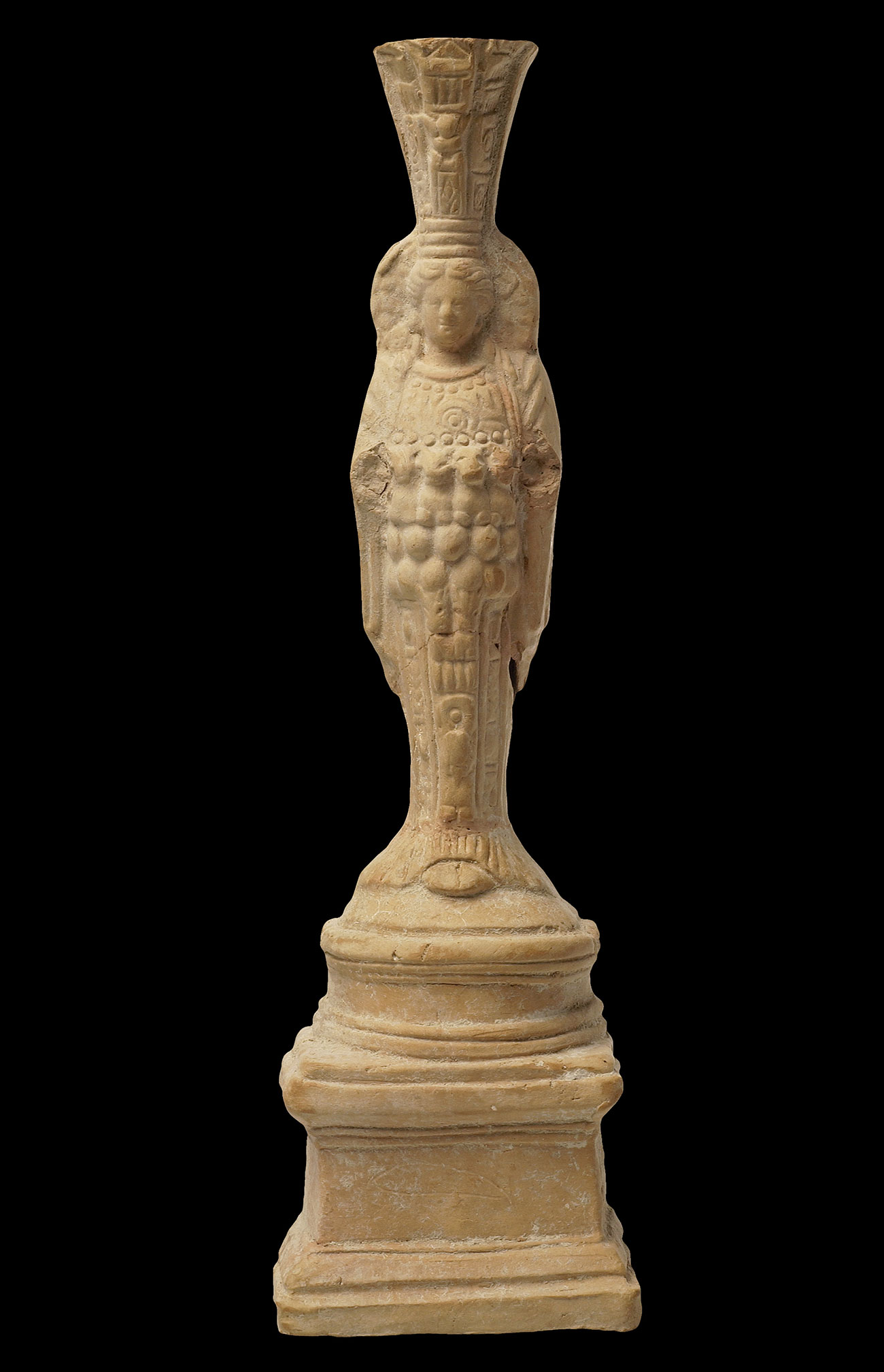
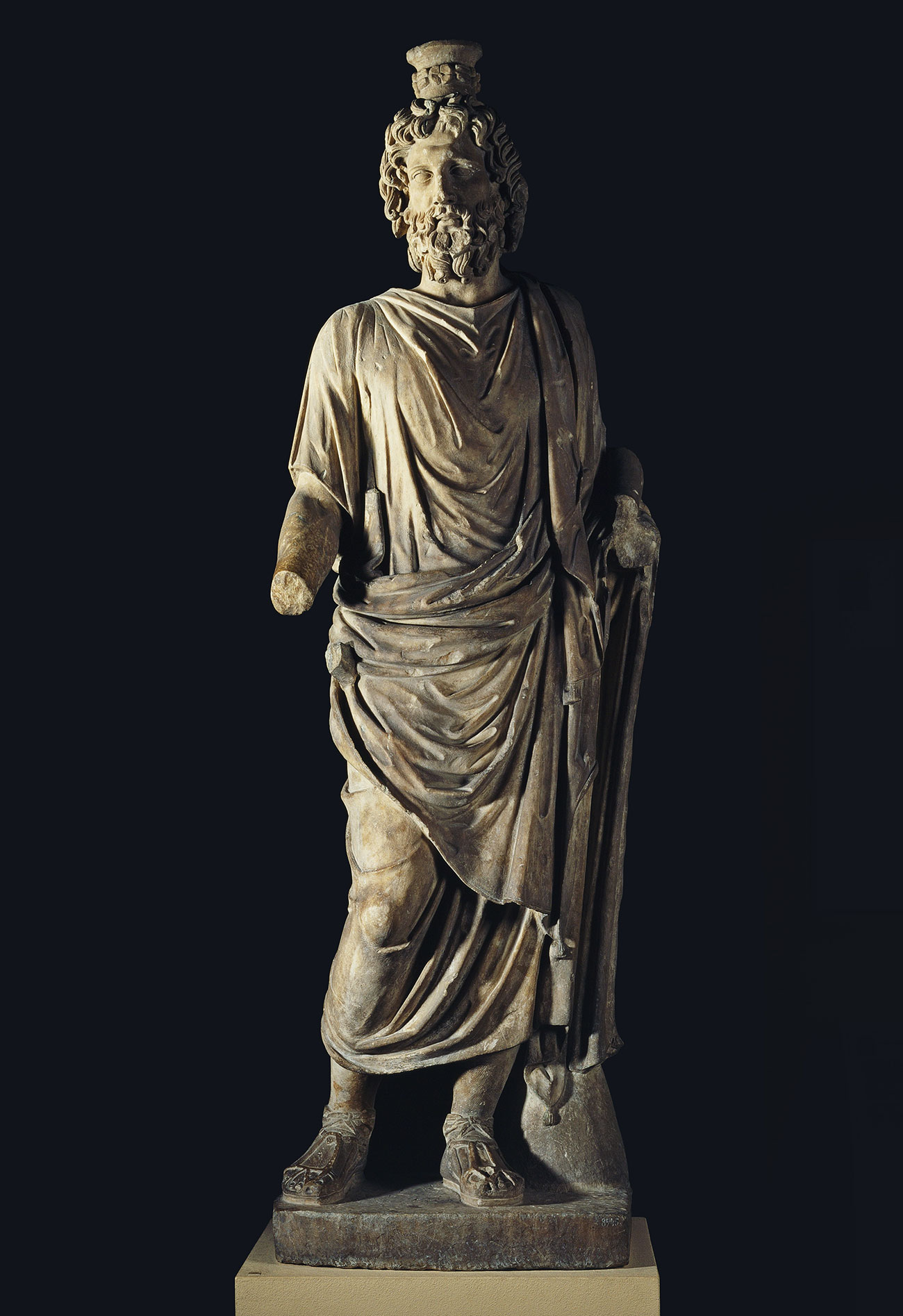
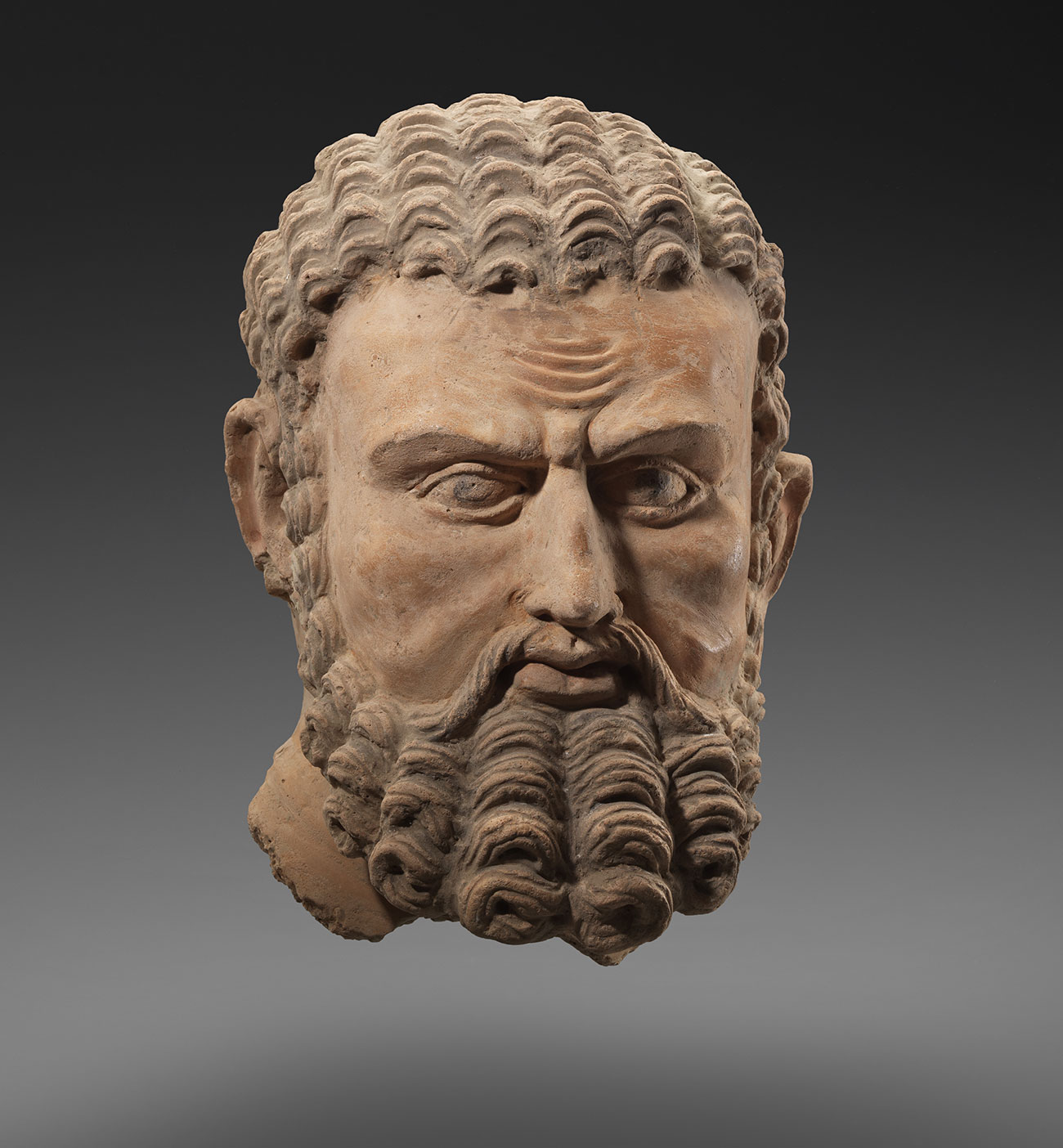
Human beings have been traveling around the Mediterranean basin since settling there in the Neolithic period. Through trade and war, people conveyed their cultures, their languages, and their religions. The empire conquered by Alexander the Great (356 – 323 BC) vastly extended the Mediterranean territory and its sphere of cultural influence spread as far as the Indus. In this context, religious contacts were numerous and the deities of Egyptian and Greek religions underwent transformations. More open to influences from all its shores, the Roman Empire welcomed greater religious diversity: Roman soldiers discovered new cults that they adopted and brought back to their homelands.
Eastern cults
Among the cults of Eastern origins that pervaded Greece first and then the Roman Empire, were Kybele and Attis, Artemis Ephesia, and Mithras. Kybele and Attis originated in central Anatolia (presently Turkey). Great Mother goddess, effigy of fertility and probable heir of primitive idols, Kybele was transformed into an eastern Artemis, whose main cult was found at Ephesos. Of Indian or Iranian origin, Mithras was adopted by the numerous Roman soldiers along the eastern fronts who subsequently spread it as far as the Germanic boundaries of the Empire.
Syncretism
In the exchanges between Mediterranean peoples, religious encounters were important. Traders, shopkeepers, and soldiers were called upon to live for long periods in the distant reaches of the Empire where one of the means of integration was religion. Encounters with unknown cults, introducing other values, lead to integration, overlay and even transformation of the original religions. Thus, the eastern cult of Mithras is a particularly representative example, with many shrines (mithraeum) devoted to him discovered in Europe.
Alexandrian Triad
Certain Egyptian deities were widely diffused throughout the Greco-Roman world, especially Isis, in a Hellenised form. The case of the god Serapis has long been thought to be an invention of the Ptolemies, heirs of Alexander the Great in Egypt: a sort of fusion of the Greek god Hades and the Egyptian Apis (or Osiris-Apis), a symbol of the convergence of the two peoples. He was more of a Greek god; an interpretation of Osiris equipped with a new “Isiacal” family, with his wife Isis and Harpocrates, the divine child, both borrowed from the ancient Pharaonic tradition. This creation thus symbolises an Egypt that was becoming Greek.
Similarly, Egypt Hellenised since the creation of Alexandria by Alexander the Great, led at its apogee this capacity to propose to the Egyptian heirs of the ancient Pharaonic dynasties, new gods fashioned with a Greek coating. Whether called “syncretism”, influence, or fusion this phenomenon led to the intertwining of deities and the superimposition of their identities. The Ptolemy creation of the god Serapis is one of the more remarkable examples: he embodies Apis and Osiris from the Egyptians, while symbolising the new power of the Greek heirs of Alexander in Egypt.
Having moved eastward following Alexander the Great in the 3rd century BC, his heirs remaining there discovered Buddhist culture, and transmitted their Hellenistic aesthetic, contributing to the creation of a new style, that of Gandhara in India and in Pakistan. The portrait of Vajrapani-Heracles is a masterful example: protector of the Buddha, Vajrapani was associated with Heracles for his powerful qualities.
